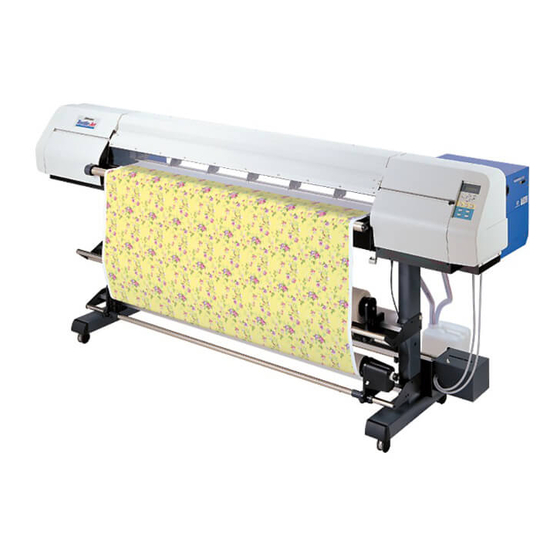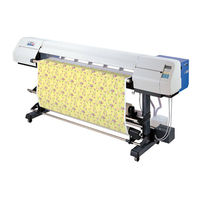
Mimaki TextileJet Tx2-1600 Series Manuals
Manuals and User Guides for Mimaki TextileJet Tx2-1600 Series. We have 3 Mimaki TextileJet Tx2-1600 Series manuals available for free PDF download: User And Maintenance Manual, Operation Manual
Mimaki TextileJet Tx2-1600 Series Operation Manual (166 pages)
Color Inkjet Printer
Table of Contents
Advertisement
Advertisement


